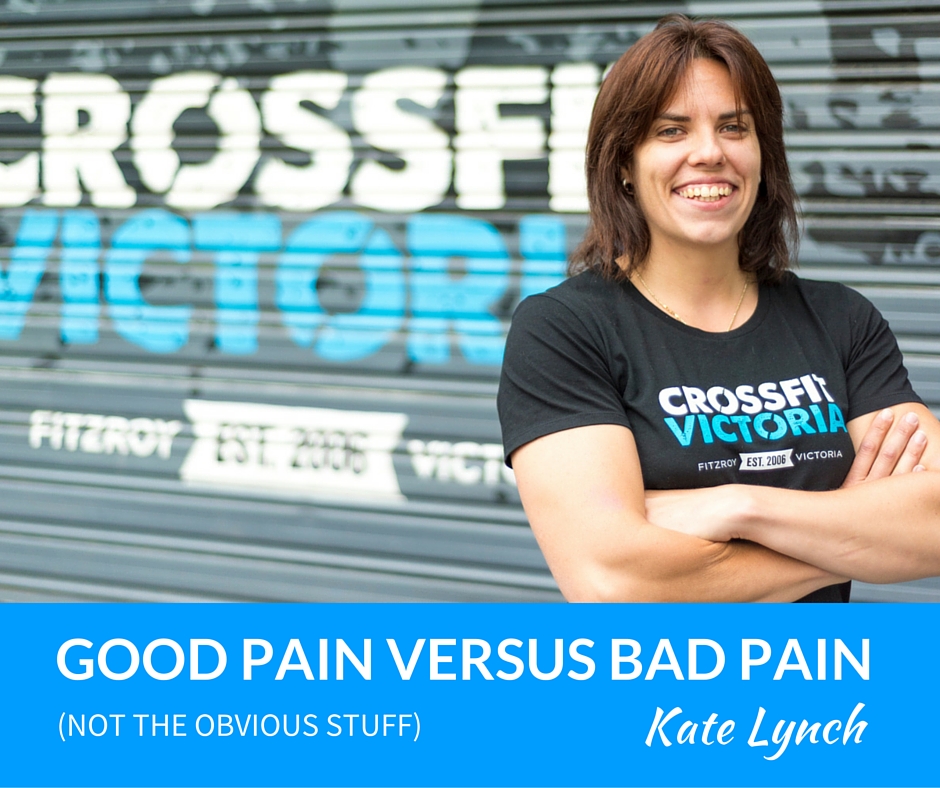
There is an age old saying “no pain, no gain”, the question is how much pain actually leads to gain and how do you know if it is the good (gain) pain or the bad (injury) pain? I can tell you that no matter your physical fitness or skill level, if you are trying to achieve a greater level of fitness or improve yourself physically there will definitely be pain. The tricky bit is getting to know your body well enough to determine how hard to push yourself to make the gains and when to back off and rest to avoid injury or to stop because you have indeed injured yourself (touchwood!)
Everyone has a different body and therefore a different threshold, so I would strongly advise against looking to the person next to you and thinking if they can do it so can I! Thresholds can be dependent on several factors including strength, age, life experience and previous sport experience. The aim is to stay on the safe side of your threshold in order to get the most of your training. Now that doesn’t mean that you get to coast along not pushing yourself it means learning to be in touch with your body and learning to know when it is time to push and when it is time to rest. Here are a few tips and tricks I have learnt along the way to monitor my body and to help me determine good versus that bad pain;
Use a scale of 1-10 – For me a 10 means you will need to drive me straight to an emergency room and therefore equals bad pain! Lactic acid threshold workouts that include max effort intervals with short rest or Crossfit Open workouts such as 14.5 and 15.5 equal about an 8 this type of pain will hurt will put you flat on your back, and may leave you struggling to walk for a day or two but also has me thinking maybe I’ll give that another go before the leader board closes. Pain scores that are rated at a 5 -7 are usually associated with workouts that have movements that I don’t like or that my body finds difficult to execute, and pain that is scaled between a 1-4 are usually things like papercuts, stubbed toes or cutting a cuticle too far. Workout what your 1-8 is, then if your scale ever reaches a 9 or 10 ensure you stop what you are doing immediately and seek professional advice.
Daily body and mind scan – First thing every morning I assess how my body and mind are feeling by listening to a mindfulness audio file. Whilst I listen I automatically ask myself do I have any sore spots? If so how long have they been sore for? What exercises did I do yesterday or the day before? How is my mood? If I wake up and I’m feeling happy, but sore the dull and achy kind all over my body, this equals good pain. However, if I wake up and I am tired even though I have had enough sleep, my left ankle is sore it is a sharp pain and has been that way for a couple of days, my mood is a bit grumpy then this is a sign of bad pain which I need to do something about. Generally speaking, if your whole body is sore, the pain your feeling is dull and achy but it subsides in a few days this is more likely to be good pain, if a specific area is continually getting sore or has a sharp than this is more likely to be bad pain. Additionally, your unconscious mind is likely to be more in sync with your body than you are aware, so keep an eye on your positive versus negative thoughts. If you notice yourself having negative thoughts or just a bit flat, combined with feeling more sore than usual then it may be time to have a rest day.
Keep a record – Given how many things I try and fit into my day it is hard to figure out what I had for breakfast let alone what I rated my pain to be, how my body and mind are feeling and what workout I did yesterday, with what weights. To help me I use this funky little app called myWOD it allows me to log my WODs, record my weights and make comments on how I feel. Which means that I can figure out things like if my back is sore a day or two after doing deadlifts every time, maybe I need to get my coach to check my technique or maybe I need to roll out my hamstrings a bit more.
At the end of the day determining good pain versus bad pain can be hard but if you learn to know your body, it will help and remember always talk it though with your coach so they can adjust the program to suit your needs.
About the Author
Coach Kate is a CrossFit Coach a Swimming Coach and comes to us with an incredible sporting background representing Australia as a 100m butterfly specialist! Kate also brings a wealth of competitive CrossFit experience and knowledge to the team at CrossFit Victoria.
No Comments to "Good pain versus bad pain (not the obvious stuff) – Coach Kate Lynch"